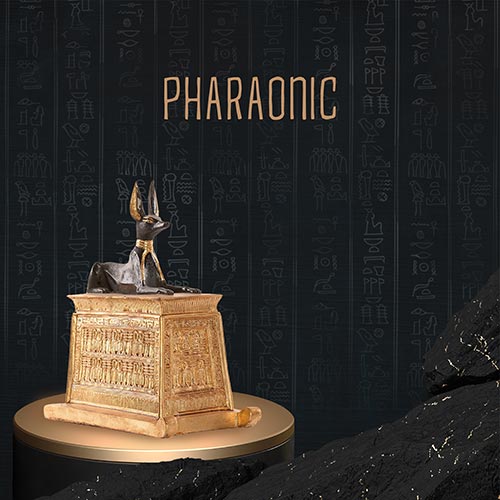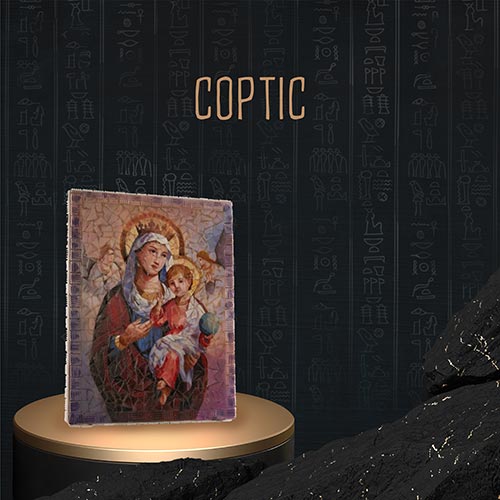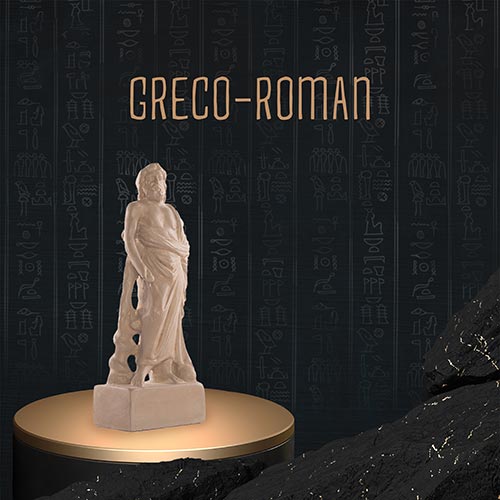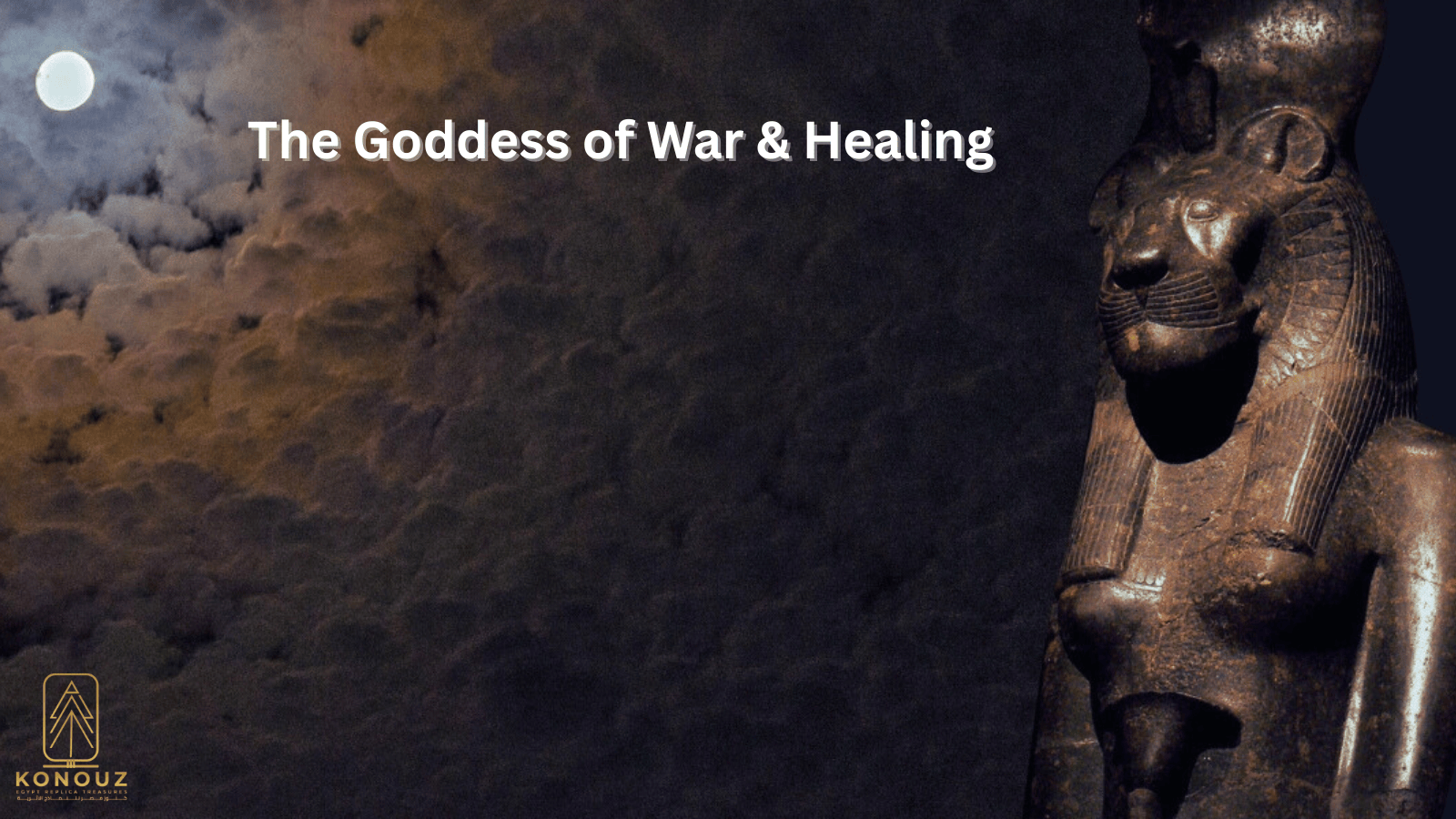
In the pantheon of ancient Egyptian deities, Goddess Sekhmet, the formidable lioness goddess, stands out as a captivating figure. Often depicted as a fierce warrior, Sekhmet also embodies healing and protection, revealing the complex and multifaceted nature of this powerful goddess.
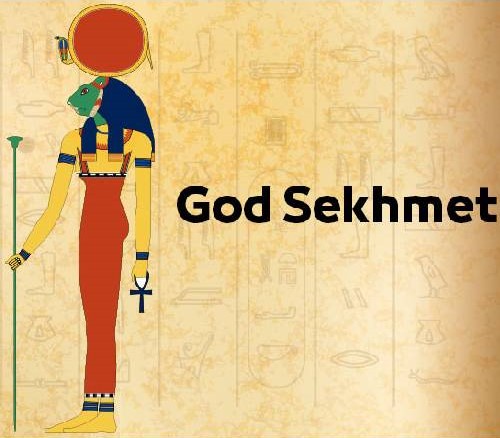
Who is Goddess Sekhmet in Egyptian Mythology?
As the goddess of war, destruction, and disease, Sekhmet was a force to be reckoned with. Her image, often adorned with a red crown and a venomous cobra, instilled fear and reverence in the hearts of both mortals and gods. However, beneath her fierce exterior lay a nurturing and compassionate side, as she was also associated with healing and protection. This duality is a hallmark of Sekhmet's complex character.
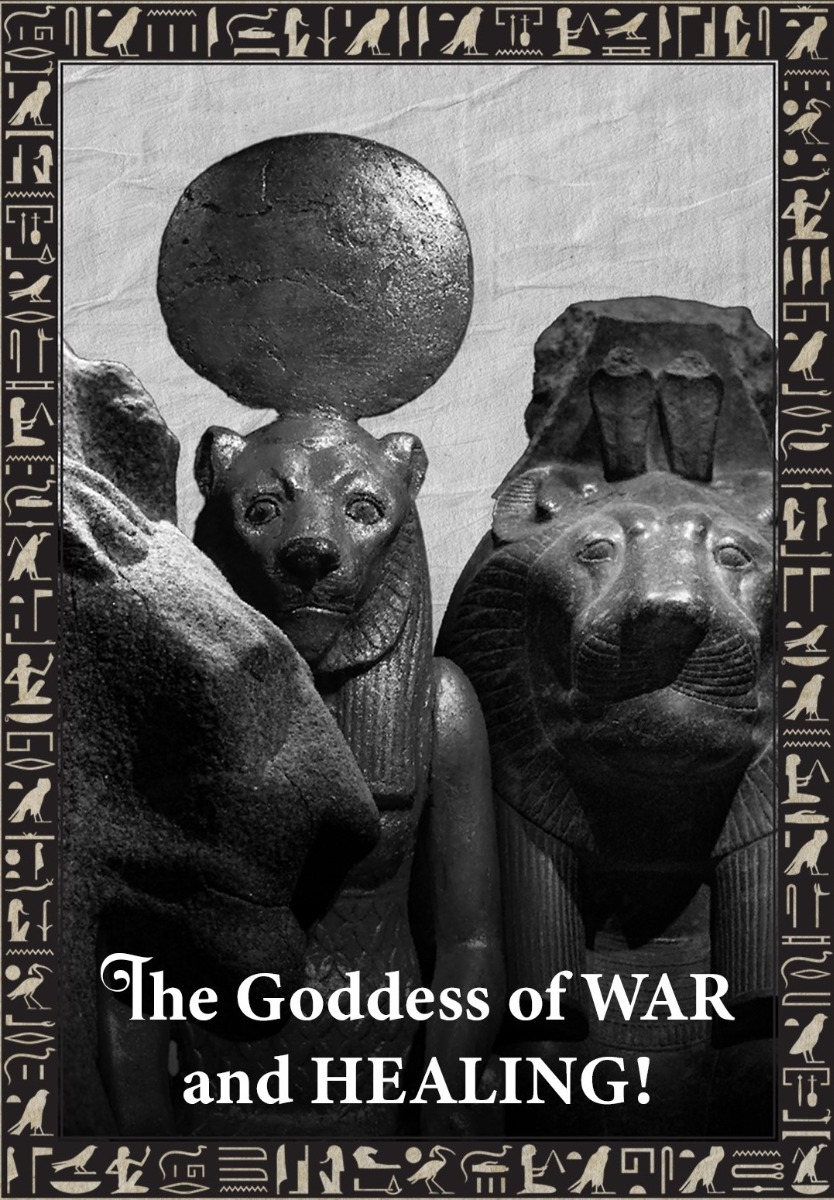
What powers does the goddess Sekhmet possess?
As a warrior goddess, Sekhmet possesses immense strength and power. Her breath was believed to be as scorching as fire, capable of destroying enemies. Yet she was also associated with healing and the restoration of health. This duality reflects the complex nature of the goddess.
What role did Goddess Sekhmet play in Egyptian religion?
Aversion of Her Wrath: Given her powerful and destructive nature, a primary focus of worship was to appease Sekhmet and avoid her wrath.
This involved elaborate rituals, offerings, and prayers.
Healing and Protection: Despite her terrifying aspect, Sekhmet was also seen as a healer. She was believed to cure diseases and protect the healthy. This dual nature is reflected in her association with both war and medicine.
Grand Festivals: Annual festivals were held to honor Sekhmet. These events were often characterized by intense religious activities, including music, dance, and the consumption of large quantities of beer, believed to calm the goddess's fury.
Offerings: To appease Sekhmet, worshippers offered food, drink, and incense.
Prayer and Ritual: Priests performed intricate rituals and prayers to Sekhmet, seeking her favor and protection for the kingdom.

What is the relationship between Goddess sekhmet and ra:
Sekhmet: The Eye of Ra
Goddess Sekhmet is often referred to as the "Eye of Ra." This means she is a manifestation of the sun god's power, specifically his wrath and destructive force. She was created by Ra to punish humanity for their disobedience.
Once unleashed, Sekhmet's fury was immense. She went on a rampage, slaughtering humans indiscriminately. The gods were terrified and pleaded with Ra to stop her.
To calm Sekhmet, Ra devised a plan. He ordered the brewing of vast quantities of beer, dyed red to resemble blood. When Sekhmet saw the red liquid, she mistook it for blood and drank it eagerly. The alcohol intoxicated her, and she eventually fell asleep, thus ending her rampage.
This myth highlights the dual nature of Sekhmet: a terrifying force of destruction and a goddess who can be appeased and transformed.

Symbolism of Sekhmet in Egyptian Culture
Sekhmet's symbolism is complex and multifaceted.
As a Lioness goddess, she embodies power, strength, and ferocity. The lioness was seen as a protective animal, and Sekhmet was often invoked as a guardian of the Egyptian people. However, her symbolism also extends to destruction and chaos, reflecting her role as a force of nature and a divine instrument of punishment.

Goddess Sekhmet in Egyptian Art
In Egyptian art, Sekhmet is typically depicted as a woman with the head of a lioness. She is often portrayed wearing the crown of Lower Egypt, symbolizing her authority and power. Her fierce expression, bared teeth, and powerful stance convey her formidable nature. The color red is often associated with her, representing both life-giving blood and the destructive power of fire.
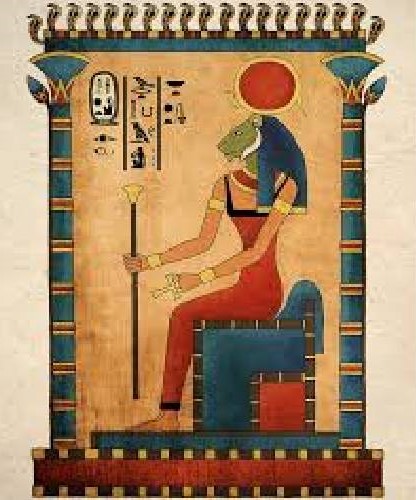
Myths Associated with Goddess Sekhmet
One of the most famous myths involving Sekhmet tells of her rampage against humanity. Enraged by the actions of humans, she was sent by Ra, the sun god, to punish them. In a fit of rage, she nearly wiped out humanity before being calmed by Ra and transformed into the gentler goddess Hathor. This myth highlights the dual nature of Sekhmet: both destructive and protective.
Goddess Sekhmet's Relationship with Other Egyptian Gods and Goddesses.
Sekhmet is closely associated with the sun god Ra. She is often referred to as the "Eye of Ra," representing his fiery power and wrath. She is also connected to the goddess Hathor, who is sometimes seen as a milder aspect of Sekhmet. Additionally, Sekhmet was considered the wife of the god Ptah and the mother of the god Nefertum.
Temples and Monuments Dedicated to Sekhmet:
While there isn't a specific temple dedicated solely to Sekhmet, she was a prominent figure in several major Egyptian temple complexes. Here are some notable locations associated with her worship:
This massive complex houses several structures dedicated to different deities, including Sekhmet.
The Temple of Mut, a part of the Karnak complex, contains numerous statues of Sekhmet, reflecting her importance.
Temple of Ptah at Memphis: As the consort of Ptah, Sekhmet was often associated with this temple. Though not a dedicated shrine, she was a significant figure within its complex.
Amenhotep III Mortuary Temple: This temple, located on the West Bank of the Nile, is famous for its collection of Sekhmet statues. These statues, created in large numbers, were part of a massive statuary program undertaken by the pharaoh.
It's important to note that while these locations were central to Sekhmet worship, her influence extended beyond specific temples. As a powerful goddess, she was revered throughout Egypt, and her image and statues can be found in various other sacred sites.
Explore our collection today and discover the perfect Sekhmet statue to bring her power and presence into your life!
